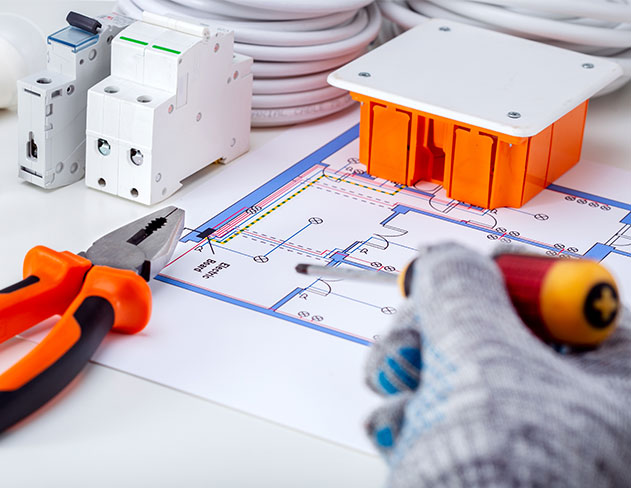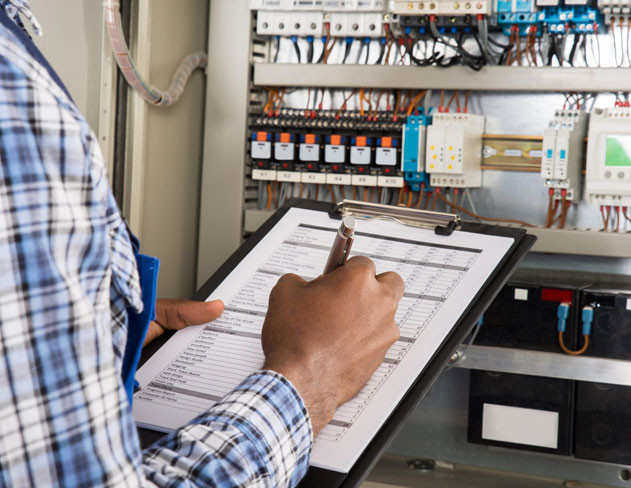




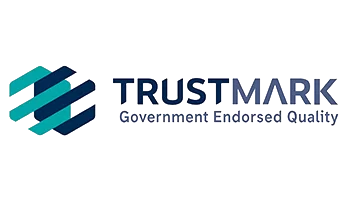
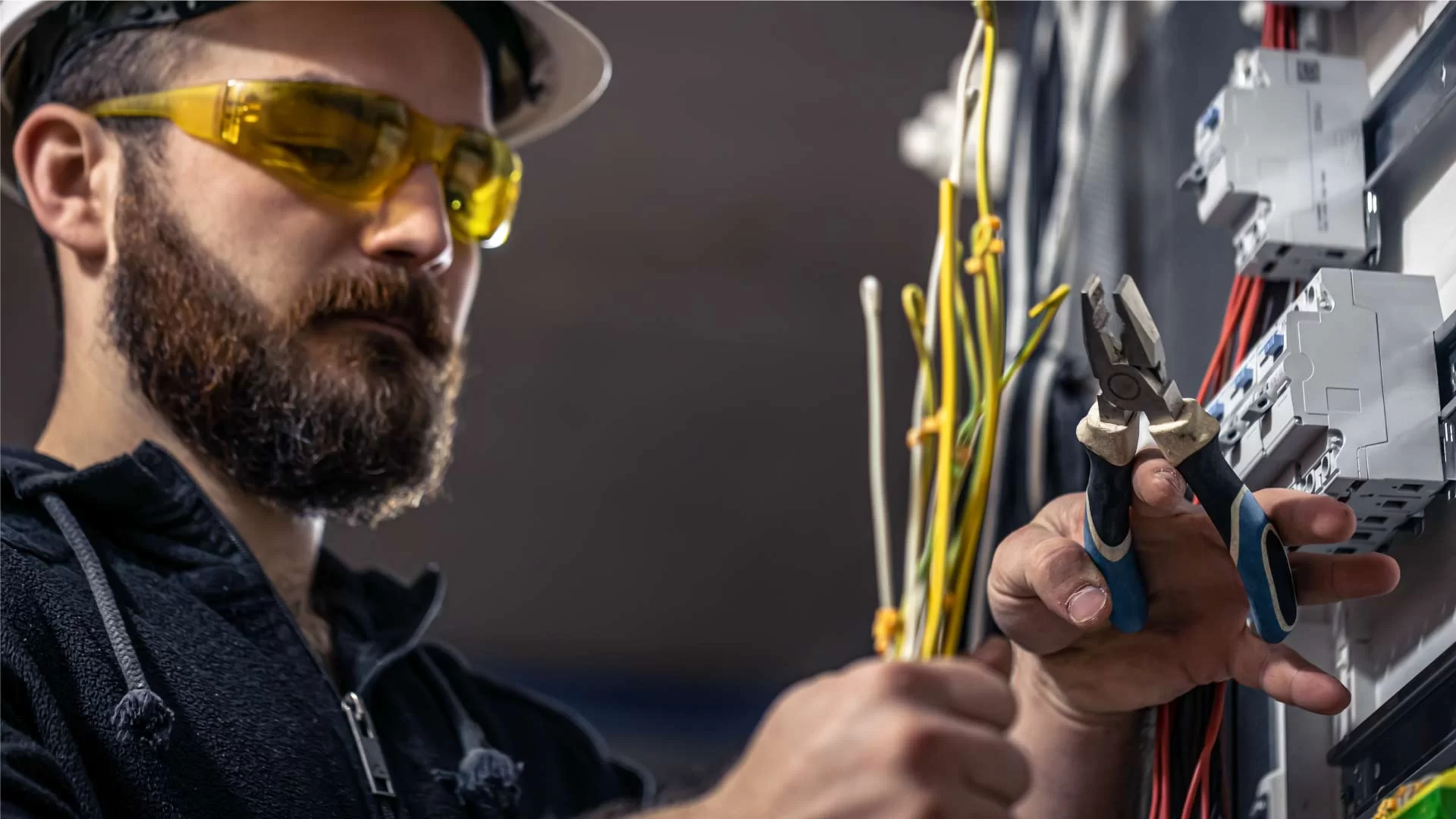
What Is Electrical Remedial Work?
Why Are Electrical Remedial Works Important?
Electrical remedial works are undertaken to enable a Satisfactory (safe) electrical status for the property so that the owner is legally compliant with current regulations and the electrical system in the property is safe for its intended use. Regular testing and inspections allow faults and defects to be identified early before they become dangerous.
We can undertake residential and commercial electrical remedial work across London and the South East following one of our EICRs or complete a list of required repairs and remedial actions from another company’s EICR.
Electrical Remedial Repairs Following an EICR
If you choose Hexo Electrical Testing to complete your electrical remedial repairs following our EICR, the remedial work will be carried out by one of our skilled engineers, and on completion, we will issue you with an Electrical Installation Certificate or Minor Works Certificate and a Satisfactory EICR.
If the works fall under Part P of the building regulations, then we will also issue you with a Part P Certificate for your compliance purposes.
Which Defects Need to Be Rectified?
You can choose whether to rectify only the minimum defects required to achieve a Satisfactory EICR status, which is all C1/C2/FI defects. Or, you can choose to make the installation fully compliant with the latest electrical regulations by having us complete the C3 recommendations as well.
When Do I Need Electrical Remedial Work Done?
You should have electrical remedial work completed as soon as possible after it has been identified as being required. It is usual for the requirement to be identified after an EICR has been conducted.
For Rental Properties
It is a legal requirement for landlords that remedial work be completed within 28 days to make the electrical installation Satisfactory.
For Commercial Premises
Remedial work should be completed as soon as possible to make the electrical installation safe and to help comply with the Electricity at Work Regulations 1989, which are legal statute.
For Owner Occupied Residential Properties
It is advisable to have the remedial work completed as soon as possible for your own safety and that of others in your building. Electrical safety should be a priority.
Residential Electrical Remedial Work
When the electrical installation in the home you own or manage is well-maintained, there is a significant reduction in the safety risk to the building itself and the individuals who live there.
For landlords using our services, you can prove that your properties have the very best electrical compliance from a safety point of view; this will give you and your tenants peace of mind that your offering is superior to others on the market.
We can carry out an EICR on any residential property in London or Greater London and see if any remedial work is required. If it is, then we will send you an itemised quotation for the remedial work.
Our skilled engineers will carry out your remedial work, and we will issue you all the required certifications to be legally compliant.
Typical Residential Remedial Electrical Works
Typical examples of residential electrical remedial works might include replacing damaged circuit accessories or replacing light fittings, and:
- Replacement consumer units
- Electric shower safety works
- Replace damaged cables
- Replacement sockets and switches
- Bathroom repairs: lights, shaver points
- RCD and RCBO protection
- Installation of earthing and bonding
- Protection around enclosures
- Investigation and rectification of low insulation resistance readings
- Rectification of ring circuit wiring faults
- Rectifying earth faults
Commercial Electrical Remedial Works

Commercial electrical remedial works are essential to safely maintaining your fixed electrical installation. There is a duty of care required from business owners to ensure their workforce and any guests are always kept safe whilst on the premises. Providing a compliant electrical installation is an integral part of this duty.
Why are commercial electrical repair works important?
Inferior, damaged, or poorly maintained electrical systems are one of the main causes of fires in the workplace. Furthermore, power loss can occur because of poorly maintained electrical installations, leading to business setbacks and overrun costs.
Contact Hexo Electrical Testing today to arrange your commercial electrical remedial works.
Typical Commercial Electrical Remedial Works
Typical commercial electrical remedial work might include circuit repairs, replacement of distribution boards, replacement sockets and switches, as well as:
- Replacement light fittings
- Replacement sockets and switches
- Repairs to damaged cables
- Installation of RCD protection
- Earthing and bonding upgrades and installations
- Circuit breakers and RCBOs
- Protection around enclosures
- Loose and damaged accessories
- Wiring fault rectification
- Investigation and rectification of low insulation resistance readings
- Rectification of ring circuit wiring faults
- Rectifying earth faults
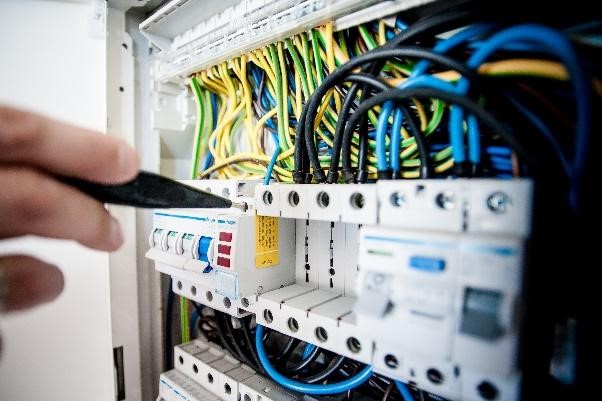
How Is Electrical Remedial Work Conducted?
So, how is remedial electrical work completed? Well, depending on the severity of the issues identified during your Electrical Installation Condition Report (EICR certificate), certain defects will be given priority. Our engineer will work on each defect and rectify it to a satisfactory condition as outlined on our quotation.
What Are the EICR Defect Codes?
Ranging in severity, there are four observation codes. To achieve compliance, you will need to carry out remedial repairs on any C1, C2 and FI faults immediately. However, rectifying C3 recommendations as well is best practice
Code C1
This is the most severe observation code. It means danger is present and there is an immediate threat to electrical safety. Action is mandatory and you will be issued with a “Electrical Danger Notice” and advised on how we can repair the defect to a satisfactory state, usually we will carry out this repair during the inspection visit.
Any number of C1 defects make the EICR an Unsatisfactory Status.
Code C2
C2 means there is a potentially dangerous defect with your electrical system and urgent corrective work is required. The issue is usually not an immediate concern, but it is likely to become dangerous to property or life if a fault with the electrical installation occurs.
Any number of C2 defects make the EICR an Unsatisfactory Status.
Code C3
Code 3 is a lower-level code defined as ‘Improvement Recommended’. This means a non-regulatory issue has been identified, or an element of the installation is recommended to be improved.
There is no immediate danger, and an EICR can have a satisfactory outcome if there are only C3 codes reported on it.
Code FI
The FI observation code highlights that further investigation into a part of the electrical installation is required. This means our inspector has found something that needs to be looked at in more depth.
You will be given an Unsatisfactory EICR until the inspector can confirm if the installation is safe.
For a clearer understanding of the different EICR Defect Codes and their implications, refer to the table below.
| Code | Severity Level | Description |
| C1 | Most Severe | Immediate threat to electrical safety. Immediate action required. |
| C2 | Potentially Dangerous | Urgent corrective work required. |
| C3 | Improvement Recommended | Non-regulatory issue identified. |
| FI | Further Investigation | Part of the electrical installation needs to be looked at in more depth. |
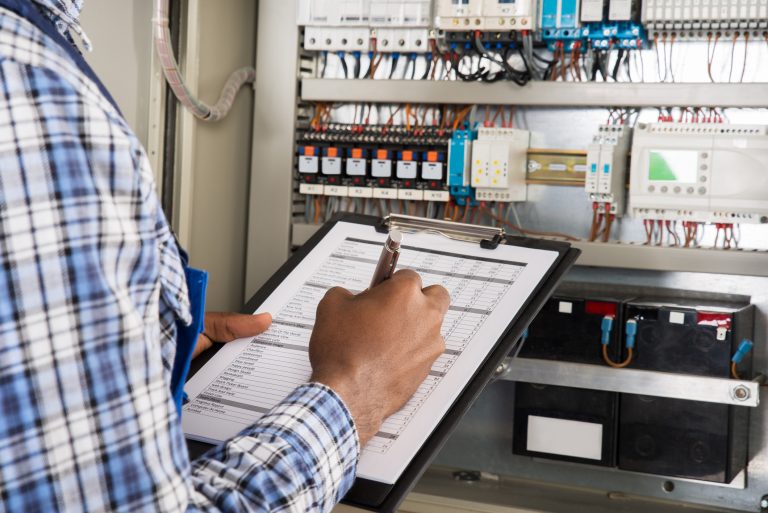
What Are Some Common Issues That Require Remedial Electrical Work?
No matter what issues are identified, we will undertake quick and efficient remedial work to render your system compliant with BS 7671, the national standard for electrical installations.
Once remedial works have been satisfactorily carried out, we will issue you with certification for the remedial works themselves and a Satisfactory EICR.
Here are some common defects that require electrical remedial work, categorised under the coded observations:
Examples of C1 Electrical Defects
If you’re looking for examples of C1 electrical defects that require electrical remedial repairs, then this might be helpful.
An example of a C1 defect is accessible live conductors due to damage or deterioration or due to removed maintenance panels that should be fitted to enclose the live conductors. This defect presents an immediate risk of electric shock and, as such, a risk to life.
An overheating loose cable termination in a distribution board could be considered a C1 defect as it represents a serious fire risk and, as such, is a risk to property and life.
Both examples are considered very serious and pose an immediate danger and should be rectified immediately.
Examples of C2 Electrical Defects
As for examples of C2 electrical defects, this could be anything from incorrectly sized earthing and bonding conductors to your RCD not tripping correctly when tested.
RCD
The latter is seen as a potentially dangerous fault, as the whole point of an RCD is to cut the power in the event of an electrical fault, such as accidentally cutting through a live electrical cable.
MCB
Another example of a C2 electrical defect is an MCB with too low breaking capacity for the installation.
If the fault current (Ka) of your electrical installation exceeds the maximum breaking current of the circuit breakers (MCBs), this is considered a potentially dangerous issue.
EFLI
Finally, you might be issued a C2 code if the EFLI (Earth Fault Loop Impedance) limit specified in BS 7671 is exceeded on a particular circuit, as this would mean that the protective device would not disconnect the supply within the maximum time required by BS7671.
These defects are classed as potentially dangerous and require urgent rectification without delay.
Examples of C3 Electrical Defects
C3 recommendations for improvement are not immediate concerns but are still recommended to be completed. You may be issued with a C3 code if part of your installation doesn’t comply with the latest regulations or amendments but doesn’t pose an immediate risk.
For example, there might be slight damage to a light fitting, but no exposed live parts are present. Or, your consumer unit may be manufactured from PVC rather than metal. Metal consumer units are fully compliant as they resist the spread of fire.
We quote all remedial works on an itemised basis so you can choose whether to proceed with C3 recommendations or not.
What Happens After the Remedial Work Is Completed?
Once we have repaired all defects with your electrical installation, then we will issue you with an Electrical Installation Certificate (EICR), or a Minor Works Certificate (MW), along with a satisfactory Electrical Installation Condition Report (EICR). These documents are proof that your electrical installation is safe and compliant.
Our Other Services
In addition to remedial electrical work, at Hexo Electrical Testing we offer comprehensive electrical testing, EICR certificates, Emergency Lighting Testing, PAT testing, and Fixed Appliance Testing.
From thorough testing to expert repairs, we assist private homeowners, tenants, landlords, housing associations, commercial and business clients across London, Greater London, and the South East.
Our expert inspectors where appropriate will make suggestions and offer advice on improving the efficiency, functionality, and operation of your existing electrical systems.
We offer out-of-hours appointments, so you can choose a time that suits you, with minimal disruption.
How Much Do Electrical Remedial Works Cost?
You might be wondering how much electrical remedial works cost. Well, we’re keen to ensure that our electrical work in London is completed effectively, quickly and in an affordable way.
We offer standardised pricing for most residential remedial works in London and across the South East. Please contact us to discuss your requirements and see how we can help.
Prices for Commercial Remedial Works
For commercial remedial works our pricing is bespoke and based on the requirements of the specific job in hand. We can provide a quotation once we understand your needs.
Under government regulations, landlords have 28 days to arrange remedial work. However, for regular residential customers we can arrange to complete repairs on the very same day.
This reduces the number of bookings needed, minimises disruption and cuts costs for your EICR remedial works.
Our Prices
Prices for our remedial electrical work services can be found here and it’s easy to make a booking.
People Also Ask
Do you have questions? You’re not alone! Here are some of the burning questions people often have about electrical remedial work and EICR reports.
Do I need a new EICR after remedial work?
Yes, after all the electrical remedial work is completed, a new Electrical Installation Condition Report (EICR) should be issued to confirm that the electrical system is now safe and compliant.
How long do EICR reports last before remedial work?
The validity of an EICR report varies depending on the type of property. For rental properties, it’s generally every 5 years or at each change of tenancy. For homeowner-occupied properties, it’s usually every 10 years. Remedial work should be carried out as soon as possible after issues are identified.
Can you sell a property with an unsatisfactory EICR?
Technically, you can sell a property with an unsatisfactory EICR, but it may significantly impact the sale process. Potential buyers may request that the electrical issues be resolved before completing the purchase, or they may negotiate a lower price to account for the required remedial work.
Conclusion
We can’t stress enough the importance of electrical remedial works for keeping your property—be it residential or commercial—safe and up to code.
At Hexo Electrical Testing, we’re not just about ticking boxes; we’re about providing a service you can trust. Our team of skilled engineers is dedicated to resolving any electrical issues you might have, ensuring that you meet all legal requirements and, most importantly, that your property is safe for everyone who uses it. With clear pricing, efficient service, and the necessary certifications provided, we aim to make the process as straightforward as possible for you.
So, don’t wait until a small issue becomes a big problem; get in touch with us today to secure your property’s electrical safety.
